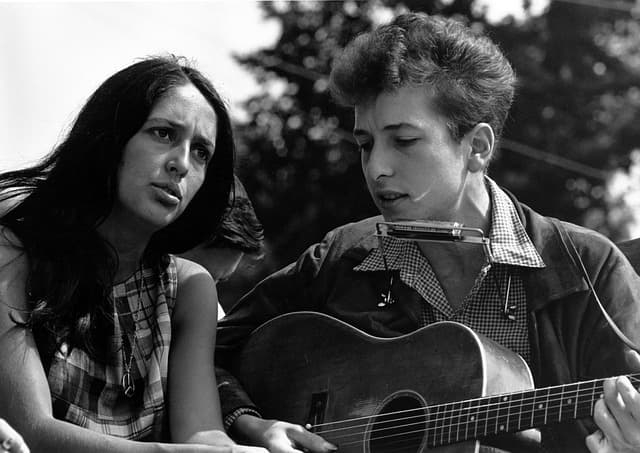
Blues on the Devil’s strings
The history of popular music has its own legends. The myths and reality of pop culture are often impossible to separate – or the latter proves to be very disappointing. There are times when myths are the only tangible evidence of the existence of a phenomenon or person, as the passage of time has effectively erased any real trace of their existence. Something like this happened to Robert Johnson, a black bluesman who lived in the American South before World War II.
He was one of the greatest, most talented and emotional black musicians the world has ever known. Genius, virtuoso, innovator – such epithets have been bestowed upon Johnson by generations of musicians around the world. His legacy is immense because, in addition to his pioneering (for his time) approach to the blues, he unknowingly laid the foundations for the development of rock ‘n’ roll and, indirectly, for many of the subsequent musical movements derived from it.
An important event in terms of Johnson’s biography were the concerts of Son House, one of the Delta’s most talented bluesmen, who lived in Robbinsonville around 1930 and whose performances Robert was able to observe. With him and his friends, including: Willie Brown Johnson began taking guitar lessons. Unfortunately, according to the recollections of people who knew him at the time, he was a terrible, untalented musician. Some blues scholars said the death of his first wife was divine punishment because he sang about “selling his soul to the devil.”
When Robert remarried in 1931, he continued to play and even began to have some success. And that marriage didn’t last long, ending in another tragedy. His second wife also died prematurely. In this context, “divine punishment” took on a completely different meaning … His further fate, or rather, attempts to reconstruct it, looks more like a story told around a campfire than the biography of an exceptional musician.
Traveling blues
Johnson began traveling. He spent some time in Martinsville, not far from where he was born. There he allegedly searched for his biological father. There he also met Isaiah “Ike” Zimmerman, who was rumored to have acquired his talent supernaturally by learning to play guitar in cemeteries after dark.
Interestingly, when Johnson left his hometown, he boasted sensational guitar skills unlike any other bluesman’s style at the time, yet deeply rooted in the roots of black music from the Delta. It was then that various dark rumors began to circulate about Johnson, fueled by his songs such as “Cross Road Blues,” “Me and the Devil Blues,” “Hell Hound On My Trail” and “Preachin’ Blues (Up Jumped The Devil).
Having acquired an unrivaled talent, Robert hit the road as he had dreamed of in his youth. He visited, among other places: New York, Chicago, St. Louise, where he played in popular blues clubs. But mostly he wandered from town to town in the Mississippi Delta or Arkansas, playing on street corners, in run-down dance halls frequented only by blacks at Saturday night dances.
Studio recordings
Ever since Johnson picked up a guitar, he dreamed of perpetual wanderlust and studio recordings. At the time, something like that elevated a black musician in the hierarchy and meant significant success, even if it was with a small label behind it.
His first studio recordings took place November 23-25, 1936, in room 414 of the Gunter Hotel in San Antonio. He recorded a total of sixteen songs and almost as many alternate versions. What was interesting was the way Robert supposedly recorded – sitting with his instrument in the corner of the room, facing the wall. Fans claimed this was a result of his shyness, but, blues music connoisseurs are certain, it was done to achieve a specific guitar sound called “corner loading.”
Subsequent recordings took place in Dallas on June 19-20, 1937, at a makeshift Vitagraph studio owned by Warner Bros. There Johnson recorded 11 songs, each twice in different versions.

